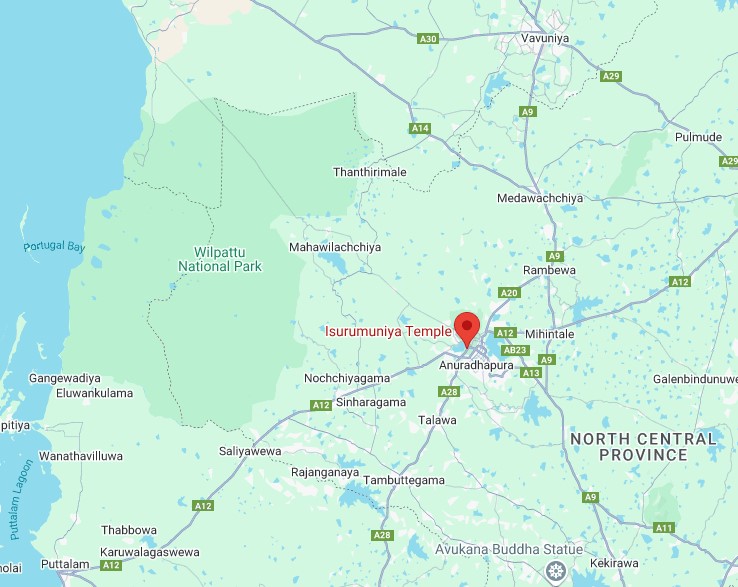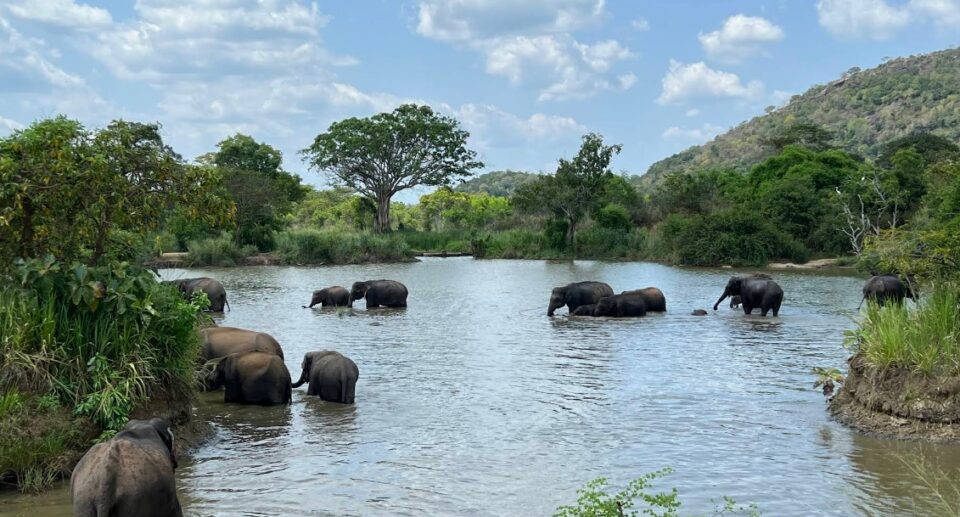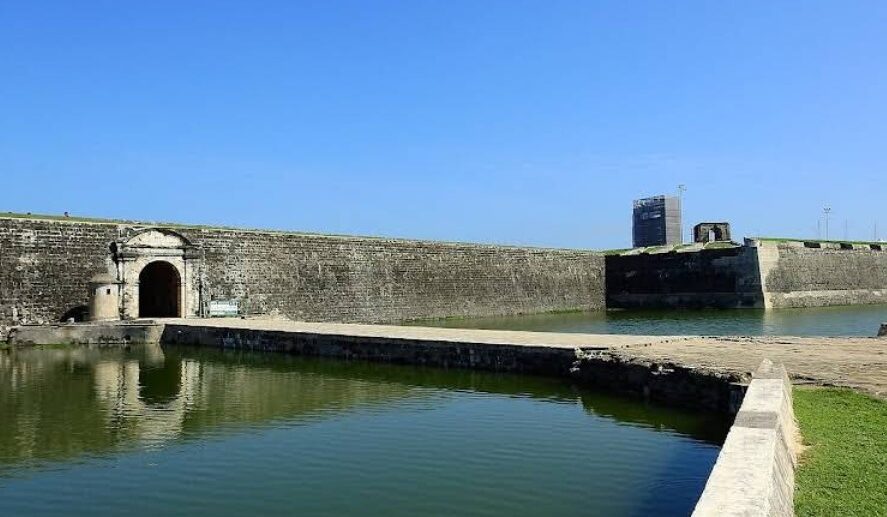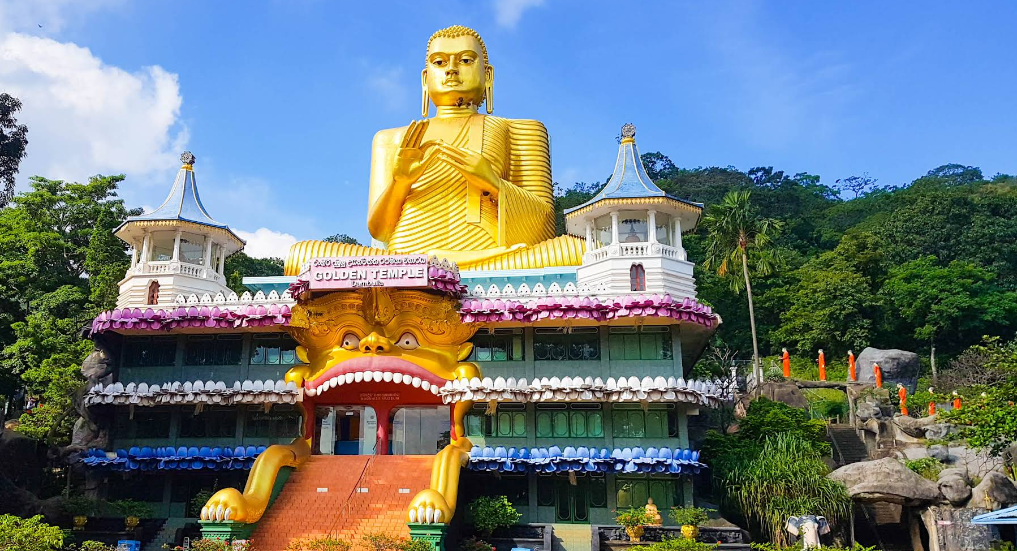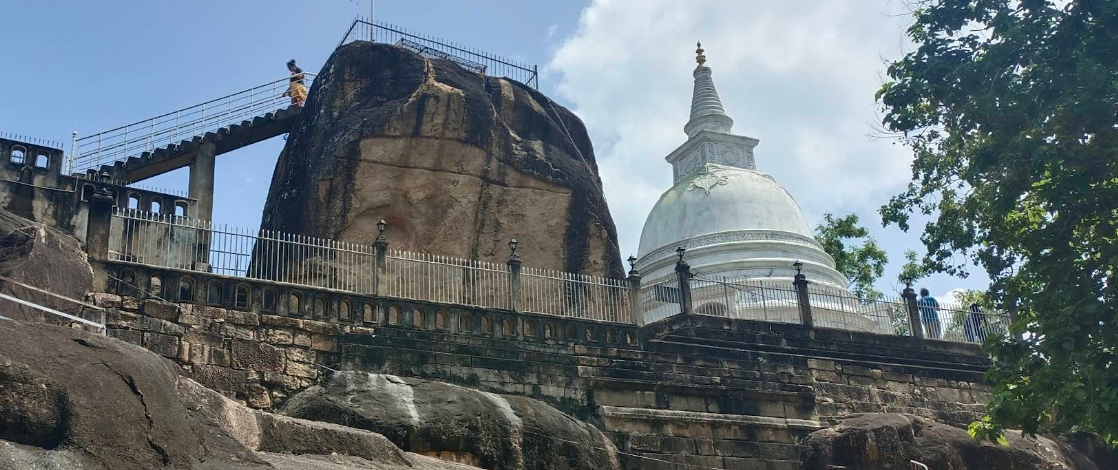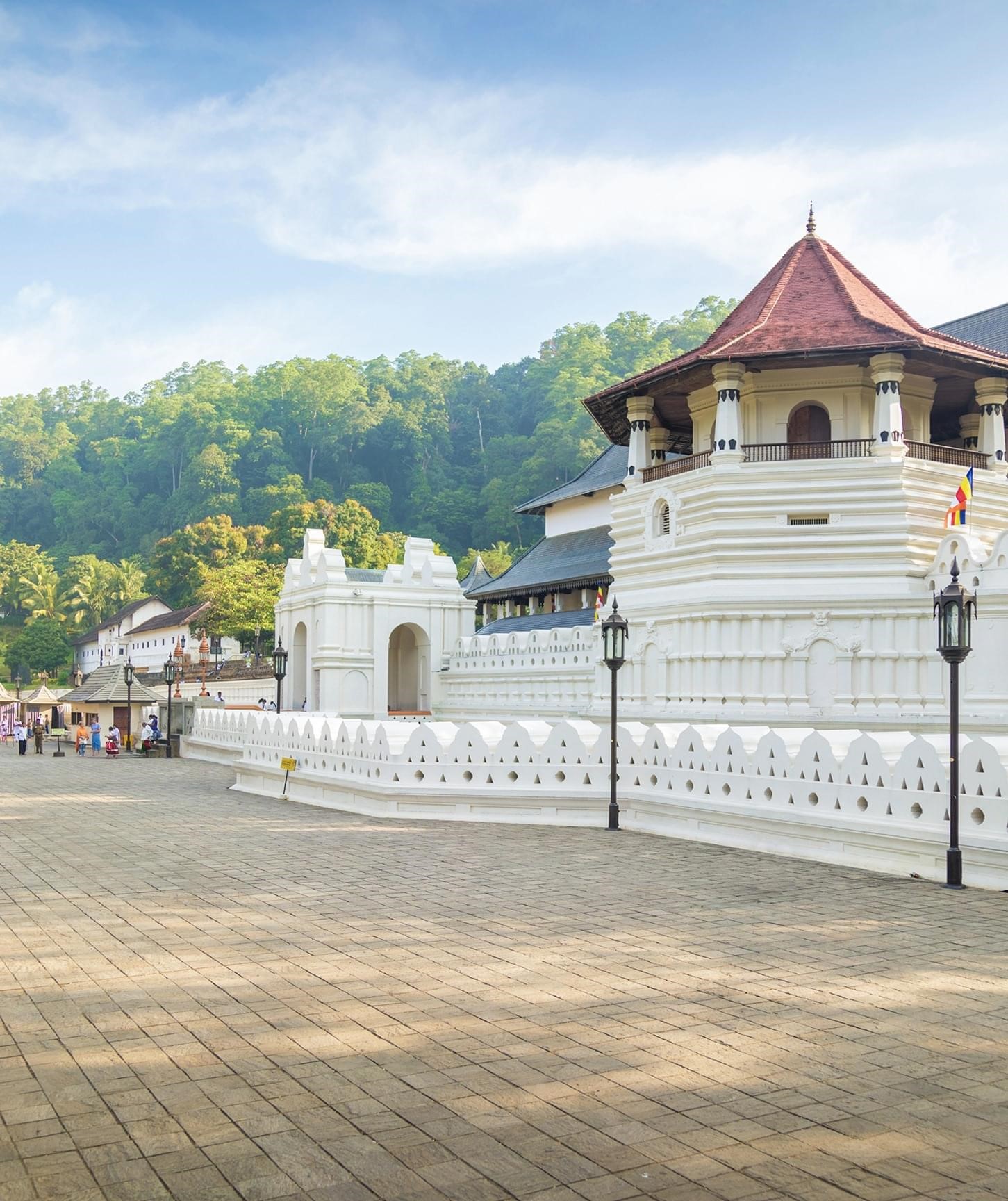Isurumuniya Temple: A Glimpse into Sri Lanka’s Ancient Heritage
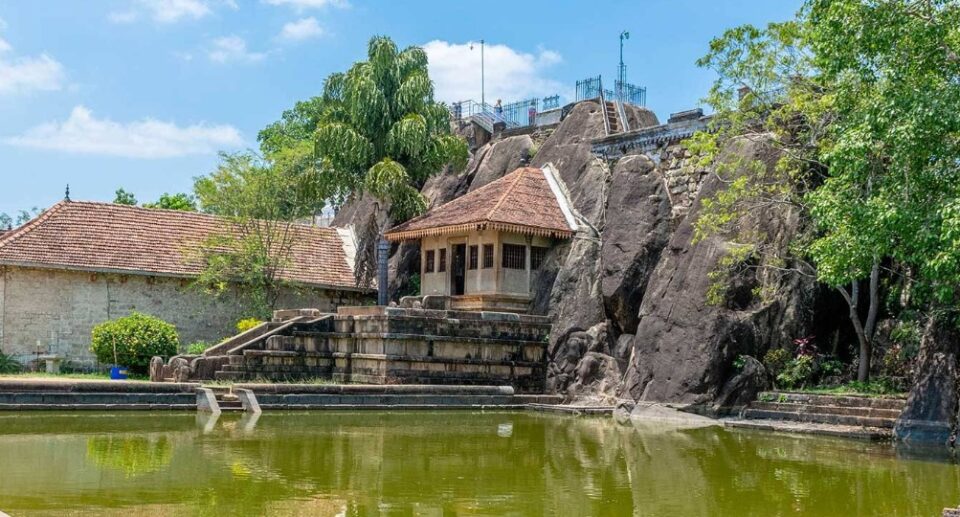
A Glimpse into Sri Lanka’s Ancient Heritage
Isurumuniya Viharaya, which stands in the revered city of Anuradhapura in Sri Lanka, is one of the country’s most revered and artistically significant Buddhist temples. This ancient sanctuary is as much a spiritual shrine as a region of great archaeological and cultural significance. Renowned for its stunning rock sculpture and serene natural beauty, Isurumuniya typifies the synthesis of spiritual piety, ancient architecture, and artistic expertise that defined early Sri Lankan civilization.
Historical Background
The history of Isurumuniya dates back to the 3rd century BCE, during the reign of King Devanampiyatissa, one of Sri Lanka’s greatest kings. It was he who is credited with embracing Buddhism after the arrival of Mahinda Thera, son of Sri Lankan Emperor Ashoka, who introduced the religion to the island. The temple, according to records in chronicles, was built by King Devanampiyatissa to accommodate 500 newly ordained monks of the royal family.
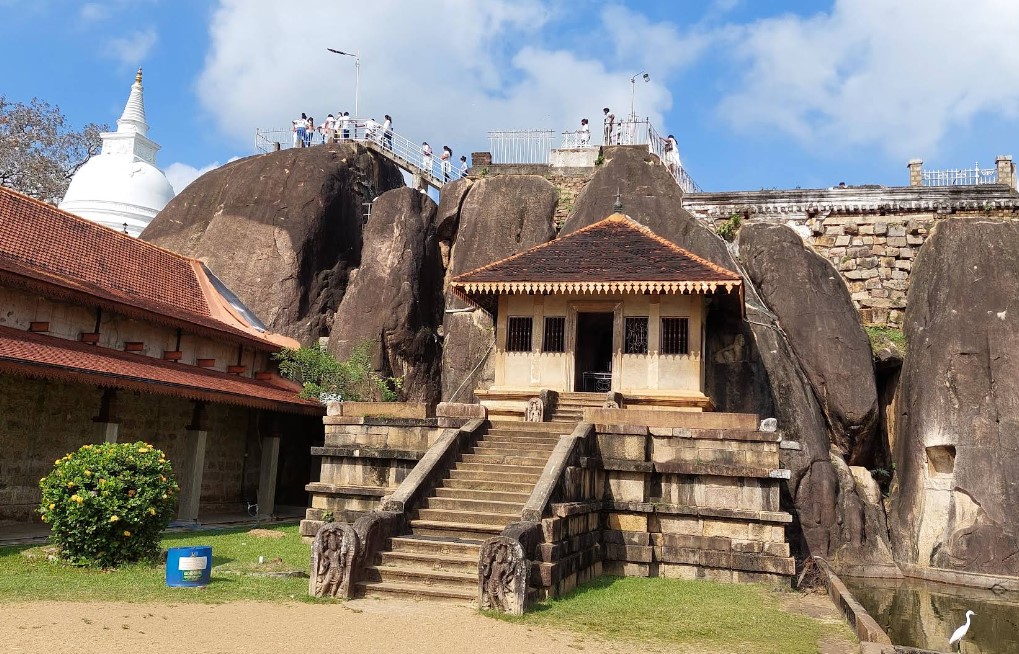
First named Meghagiri Vihara, the temple was later renovated and expanded in the time of King Kasyapa I (473–491 CE) and was re-named Boupulvan, Kasubgiri Radmaha Vehera, incorporating names of his daughters and his own. It was in this period that impressive architectural and artistic aspects were incorporated into it, most of which have become synonymous with Sri Lanka’s ancient heritage.
Architectural Features
Isurumuniya is a stunning portrayal of ancient temple architecture in rocks in Sri Lanka. Built half into a rock face, the temple depicts the ingenuity of ancient architects who utilized natural rocky outcrops to construct a room for spiritual devotion and contemplation. The temple complex is made up of shrine room, stupa, image house, and an beautifully landscaped pond that adds to its serene environment.
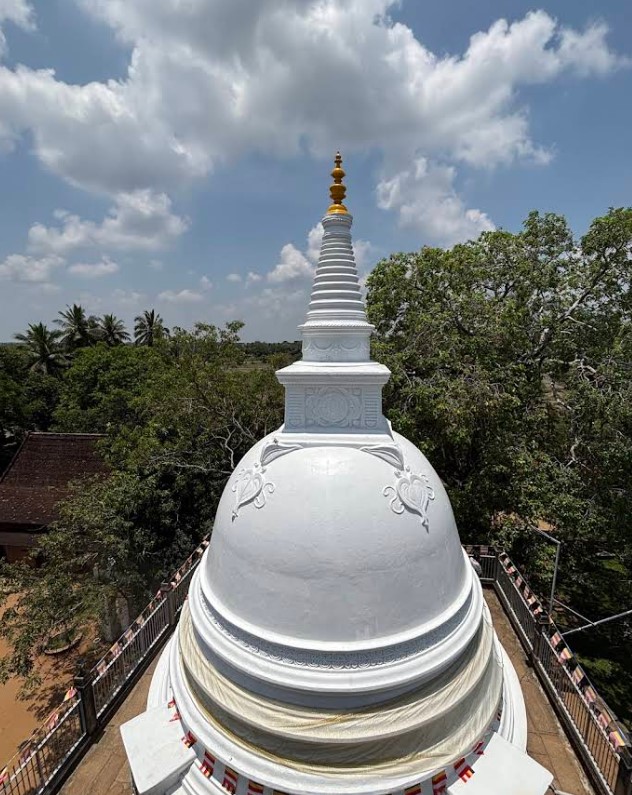
One of the unique aspects of Isurumuniya is that it is situated near Tissa Wewa, an artificial reservoir built by King Devanampiyatissa. Not only was the reservoir a water supply to the region, but it also added to the elegance of the temple. The back face of the rock behind the temple has been incorporated into the building, with many ornate carvings on the rock.
Iconic Stone Carvings
Most attractive feature of Isurumuniya is undoubtedly its rock carvings, which are the pinnacle of artistic and sculptural skills refined in ancient Sri Lanka. These carvings have been a source of fascination as well as academic interest, for they present a unique perspective on cultural tales of the island.
- The Isurumuniya Lovers
This world-famous carving is of a man embracing a woman. Believed to portray Prince Saliya, the son of King Dutugemunu, and Asokamala, a commoner, the sculpture symbolizes love that transcends social caste. It is said that Prince Saliya gave up his right to the throne so that he could marry Asokamala, and this deed cemented their love in Sri Lankan history forever. The sculpture is remarkable for its intimacy, grace, and lifelike portrayal of affection, and it stands as a masterwork of ancient South Asian sculpture. - The Elephant Pond
Another highly famous piece is the elephant bathing carving, placed in front of the temple pond. The carving represents a group of elephants, exhibited in lively positions as they splash about with water. This piece validates the intimate relationship between spirituality and nature in Buddhist philosophy, and also the attentive observation of animal behavior by artists.
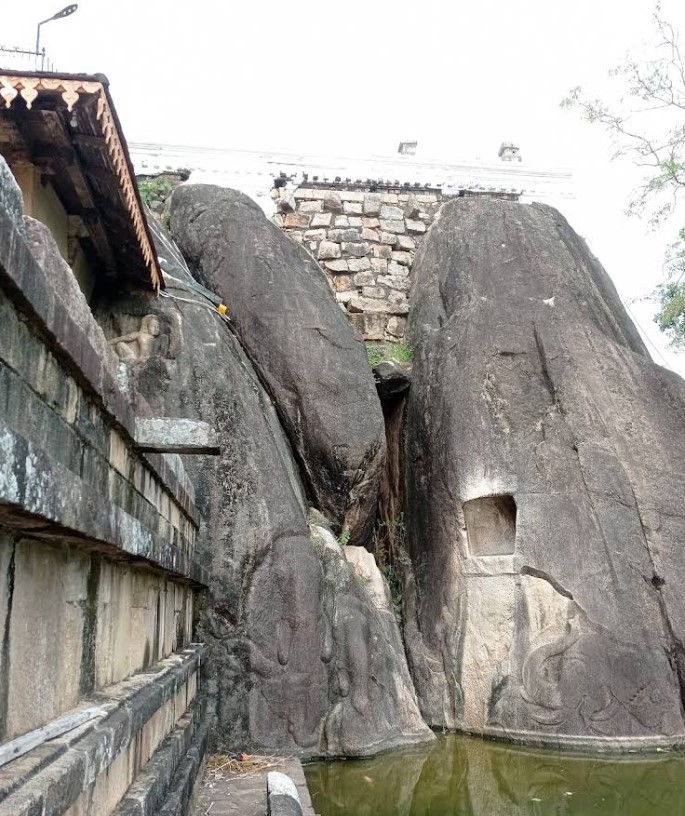
- The Royal Family
This sculpture shows five human beings, who are believed to be part of the royal family. The central figure is possibly King Dutugemunu, the national hero, who brought the island into one ruler’s control. The individuals are dressed in ceremonial attire, like headdresses and ornaments, that reflect the social standing and cultural customs of the time. - The Man and the Horse
This lesser-known but equally intriguing carving portrays a man reclining beside the head of a horse. The symbolism of the horse remains to be solved by historians, with some linking it to Hindu or native mythological allusions. Its mystery adds to the cultural richness of Isurumuniya’s history.
Religious and Spiritual Significance
Isurumuniya Viharaya was never but a worship place for Buddhists. It was at the center of the initial growth of Buddhism in Sri Lanka and continues to be a worship center and pilgrimage site. The devotees visit the temple to perform prayers, meditation, and oblations. The tranquil environment, bounded by water and nature, contributes more to its religious atmosphere.
It is said to have also served as the temporary home of the Sacred Tooth Relic of the Buddha, an item of immense religious importance in Sri Lanka. While now the relic is housed at the Temple of the Tooth in Kandy, Isurumuniya’s association with it serves to further enhance its sanctity in the eyes of the faithful.
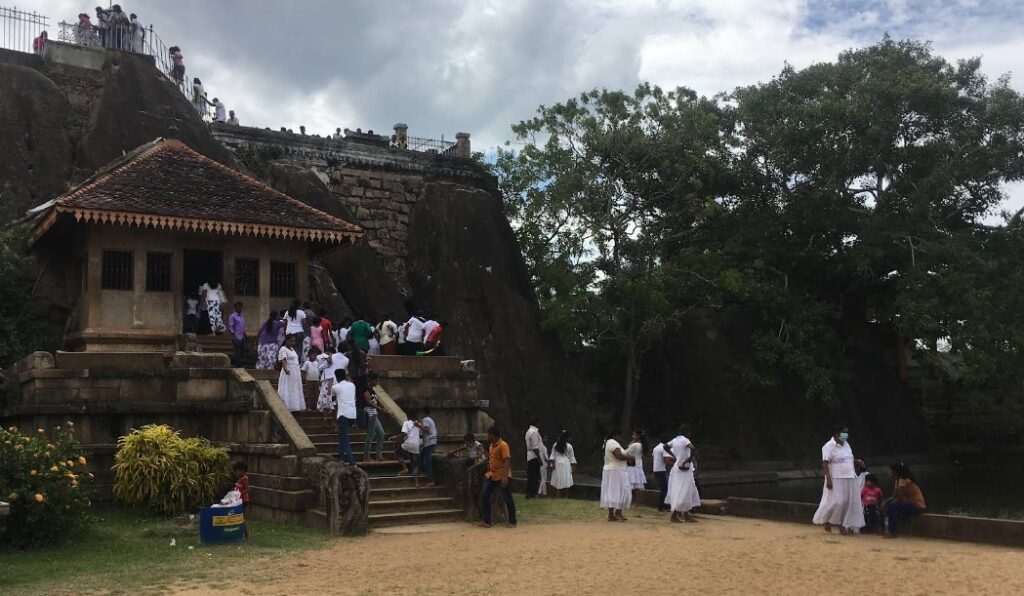
Cultural Significance and Conservation
Being a part of the Anuradhapura UNESCO World Heritage Site, Isurumuniya is of extreme cultural and historical importance. The Sri Lankan government and archaeological bodies have prioritized its preservation. Restoration works have been undertaken with utmost care to preserve the authenticity of the carvings and edifices while facilitating visitation by contemporary tourists.
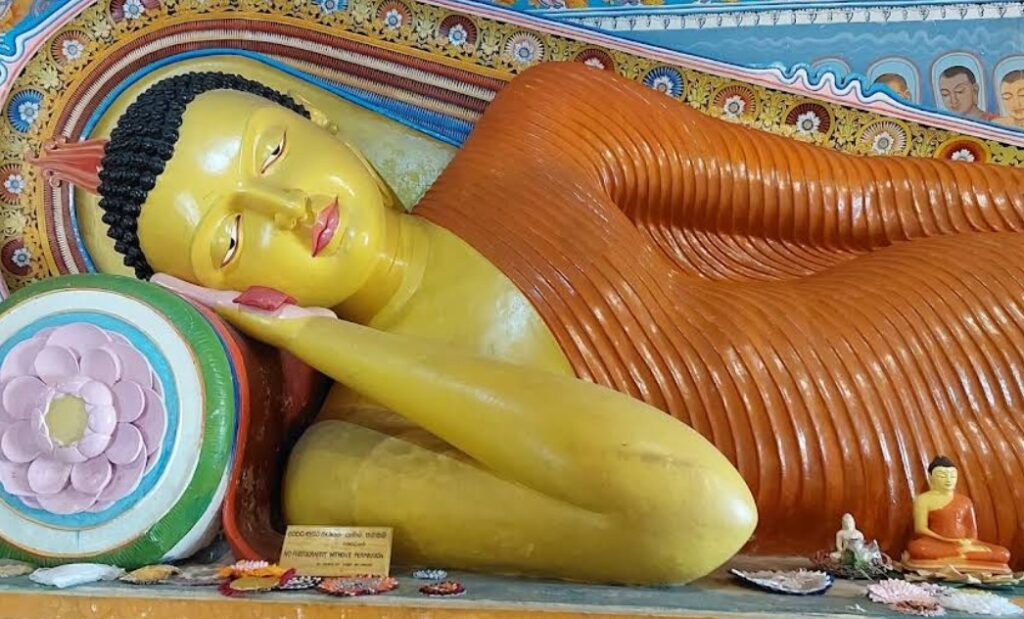
It is also an important educational site, where students, scholars, and even tourists have the opportunity to learn about ancient Sri Lankan civilization. Guided tours and museums in the area surrounding the temple place its role in the larger narrative of Sri Lankan history.
Tourism and Visitor Experience
Isurumuniya is also a favorite among local as well as international tourists visiting the Cultural Triangle of Sri Lanka, which includes Anuradhapura, Polonnaruwa, and Kandy. The site can be visited all year round, though it is best to visit between January and April when the dry season provides an agreeable climate.
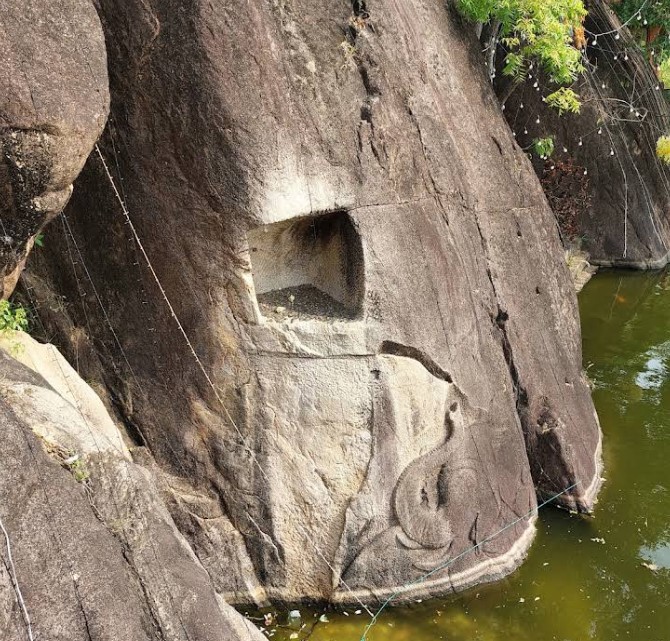
It is very accessible to get to Isurumuniya. The temple is about 2 kilometers from the center of Anuradhapura and can easily be accessed by road and rail. Visitors should dress modestly as a gesture of respect to the sacred site. The peaceful gardens, contemplative water, and ancient carvings together make the location spiritually uplifting as well as beautiful.
Isurumuniya Viharaya is more than just a temple of worship it’s an ongoing museum of Sri Lankan ancient pride. In its history, art, and spirituality, the temple offers a pilgrimage to a society that valued reverence, imagination, and affection. The Isurumuniya Lovers’ story proves the unifying nature of human emotion, and the carvings from royalty and the elephant pond give reminder to majestic history on this island.
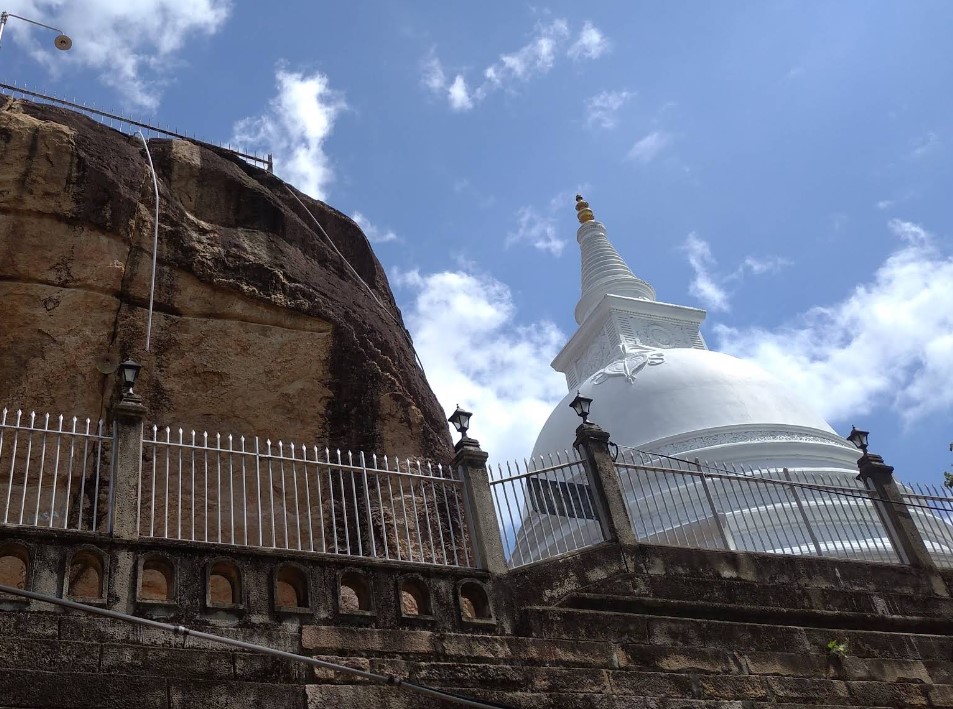
For anyone who visits Sri Lanka, a tour of Isurumuniya is both reflective and enlightening. It is a superb demonstration of how spirituality and art were seamlessly integrated into the lives of ordinary people in ancient Sri Lanka. In this manner, Isurumuniya is not merely a relic of the past, but also a symbol of the island’s enduring cultural and religious heritage.
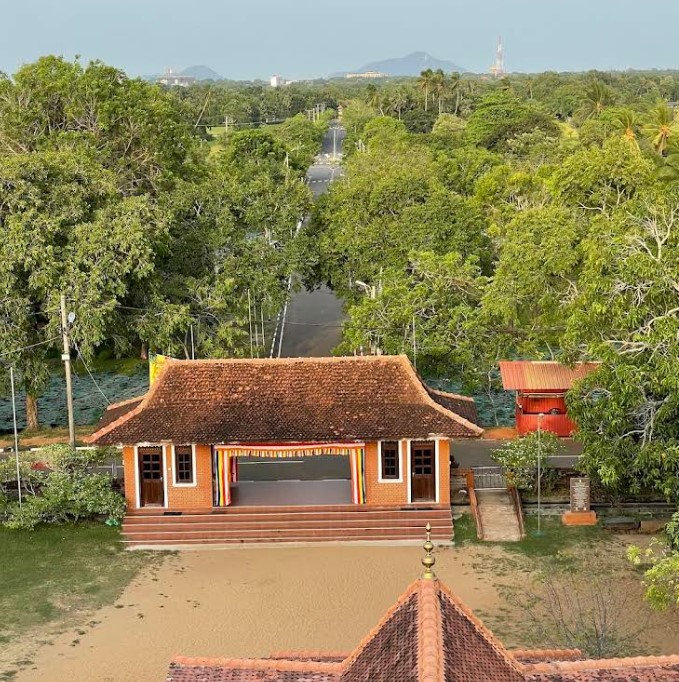
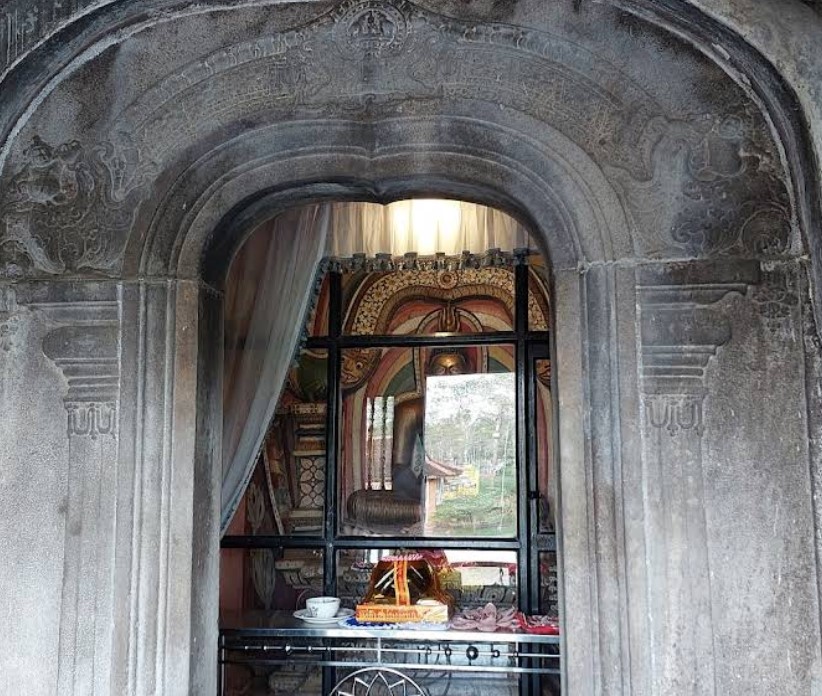
How to Get There
From Colombo to Anuradhapura
By Private Car or Taxi
- Route: Take the A6 highway via Kurunegala to Anuradhapura.
- Distance: ~205 km
- Time: 4.5–5.5 hours (depending on traffic)
- Best For: Comfort, flexibility, direct access to the site.
- By Train
- Departure Station: Colombo Fort Railway Station
- Arrival Station: Anuradhapura Railway Station
- Travel Time: 4.5–6 hours (varies by train class)
- Train Classes: 1st, 2nd, and 3rd class (reservations recommended)
- From Station to Temple: ~10-minute tuk-tuk ride (approx. LKR 300–500)
By Bus
- From: Colombo Central Bus Stand (Pettah)
- To: Anuradhapura Main Bus Stand
- Bus Types: A/C Intercity (EX 02), Normal Express
- Travel Time: ~5–6 hours
- Fare: LKR 300–600
Getting to the Temple from Anuradhapura City
- By Tuk-Tuk: The easiest and most common method. You can hire one from the city center or any hotel.
- Cost: LKR 300–700 (round trip)
- Time: 10–15 minutes
- By Bicycle: Rent a bike from your hotel or local shop (~LKR 500/day). Anuradhapura is bike-friendly.
Tips for Visiting
- Opening Hours: Usually 7:00 AM to 6:00 PM
- Entrance Fee: Included in the Anuradhapura archaeological site ticket (foreign visitors)
- Dress Code: Modest clothing required—cover shoulders and knees.
- Best Time to Visit: Early morning or late afternoon (avoid mid-day heat)
- What to Bring: Water, sunscreen, camera, and socks (you must remove shoes at the temple)
Map of Isurumuniya Temple
